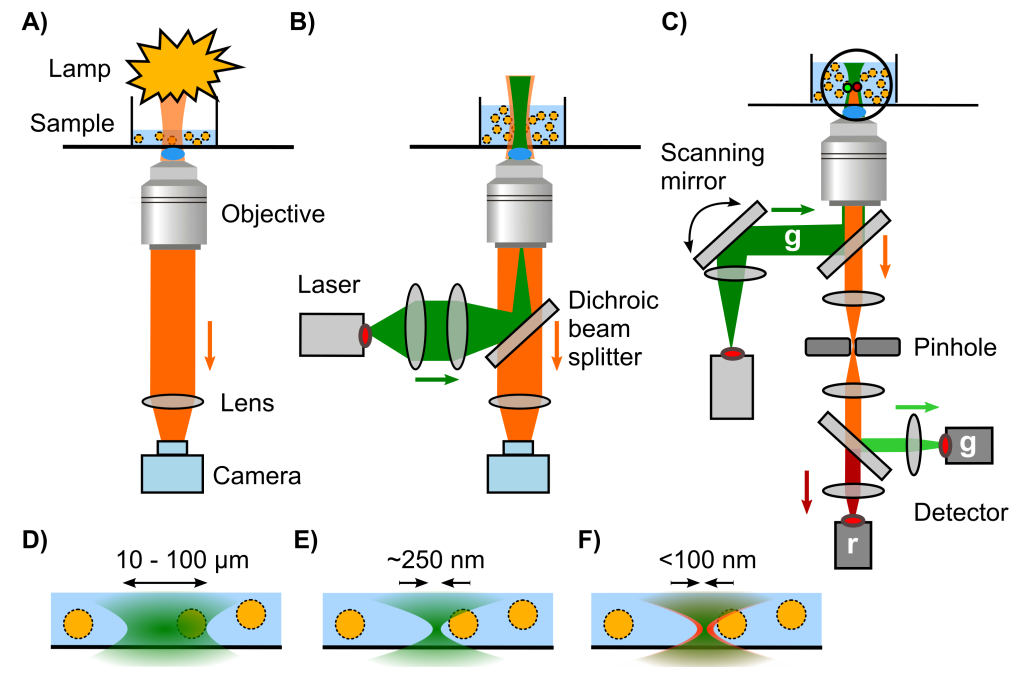J. Hohlbein, B. Diederich, B. Marsikova, E.G. Reynaud, S. Holden, W. Jahr, R. Haase, and K. Prakash, Nature Methods, 19, 1020, 2022, [link], preprint on arXiv, 2021, [link]
Light microscopy enables researchers to observe cellular mechanisms with high spatial and temporal resolution. However, the increasing complexity of current imaging technologies, coupled with financial constraints of potential users, hampers the general accessibility and potential reach of cutting-edge microscopy. Open microscopy can address this issue by making well-designed and well-documented hardware and software solutions openly available to a broad audience. In this Comment, we provide a definition of open microscopy and present recent projects in the field. We discuss current and future challenges of open microscopy and their implications for funders, policymakers, researchers and scientists. We believe that open microscopy requires a holistic approach. Sample preparation, designing and building of hardware components, writing software, data acquisition and data interpretation must go hand in hand to enable interdisciplinary and reproducible science to the benefit of society.






